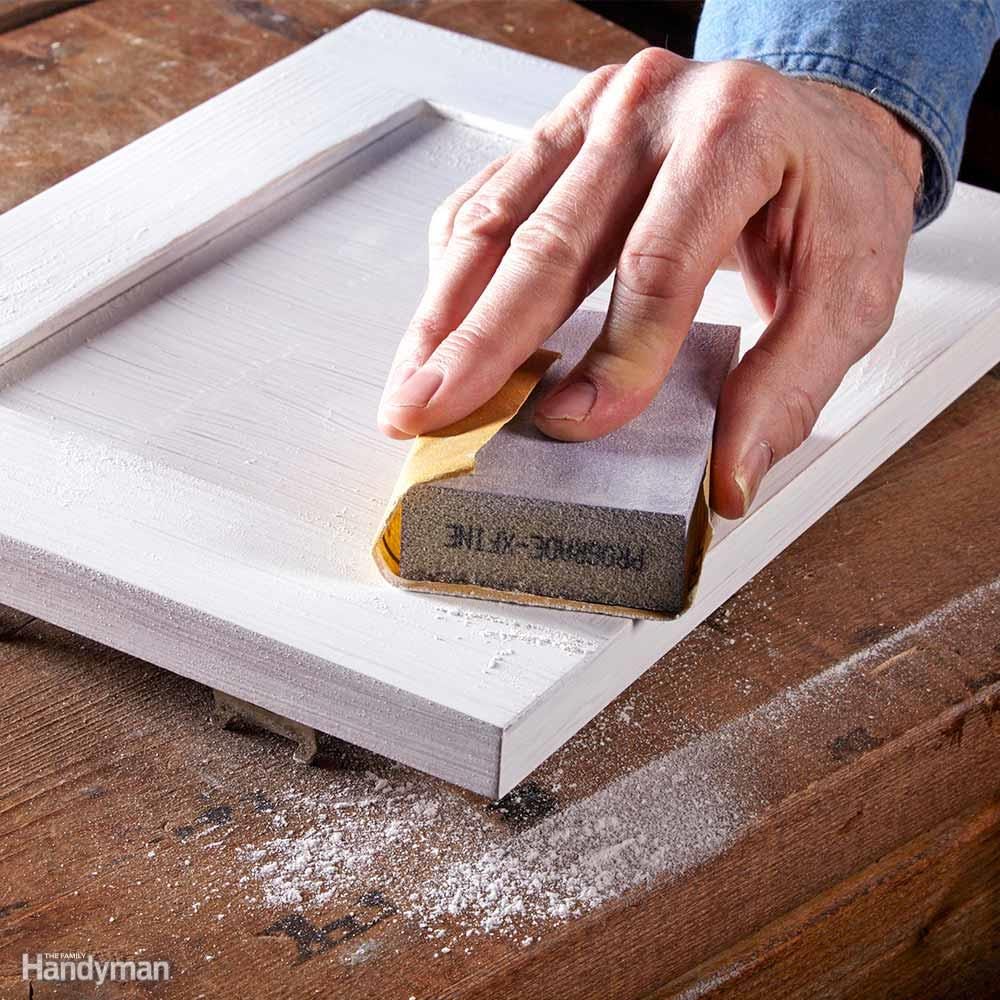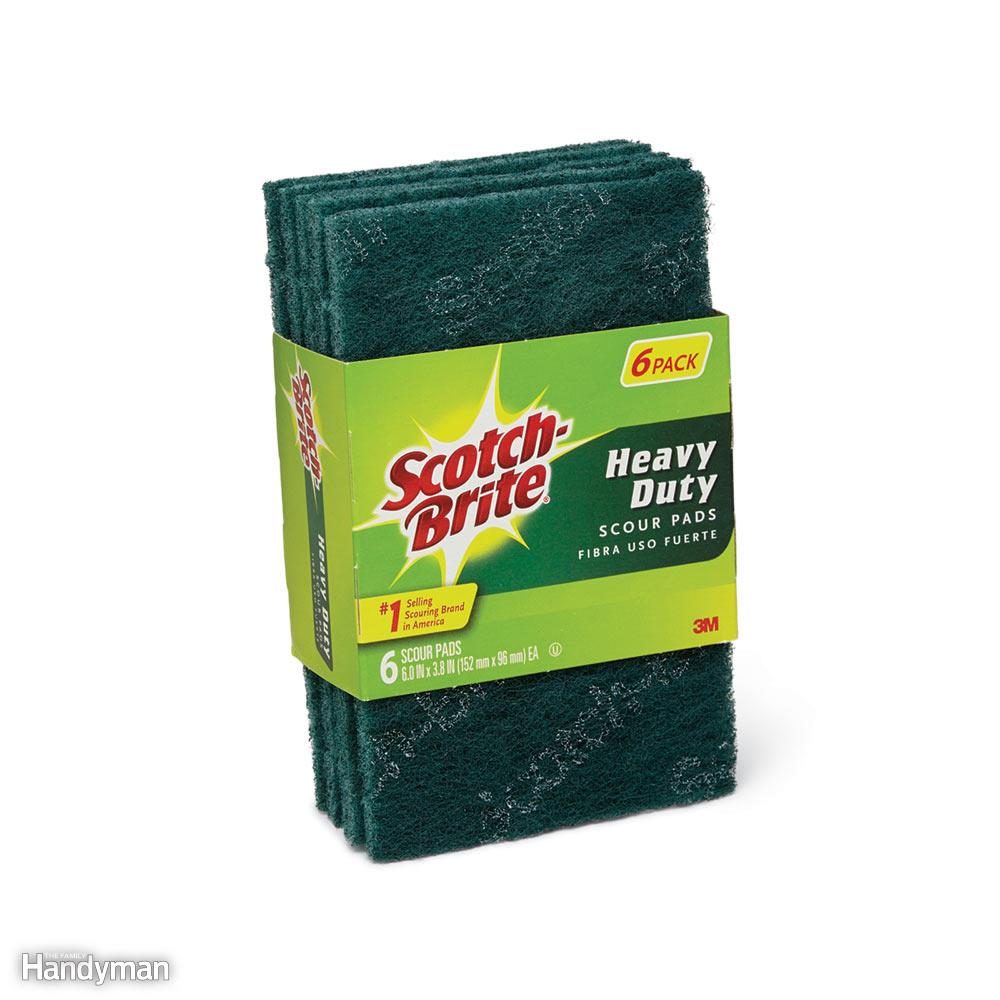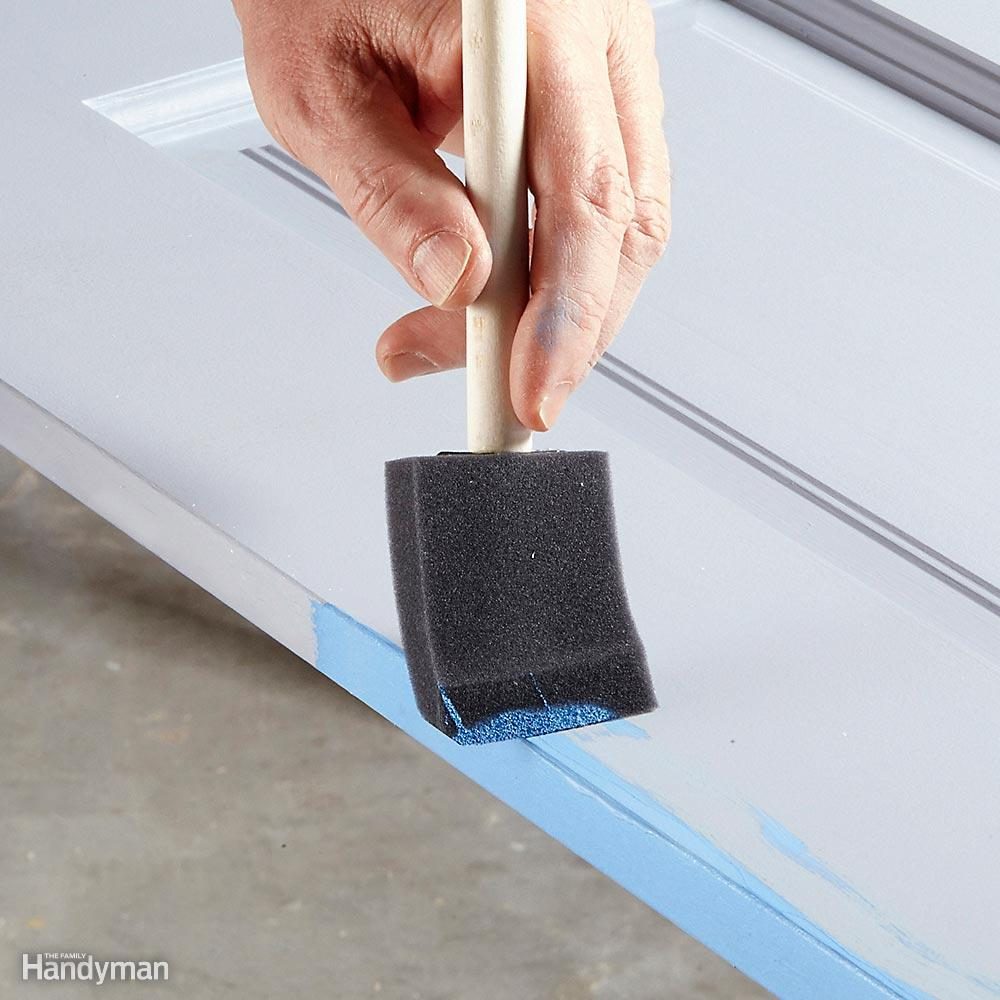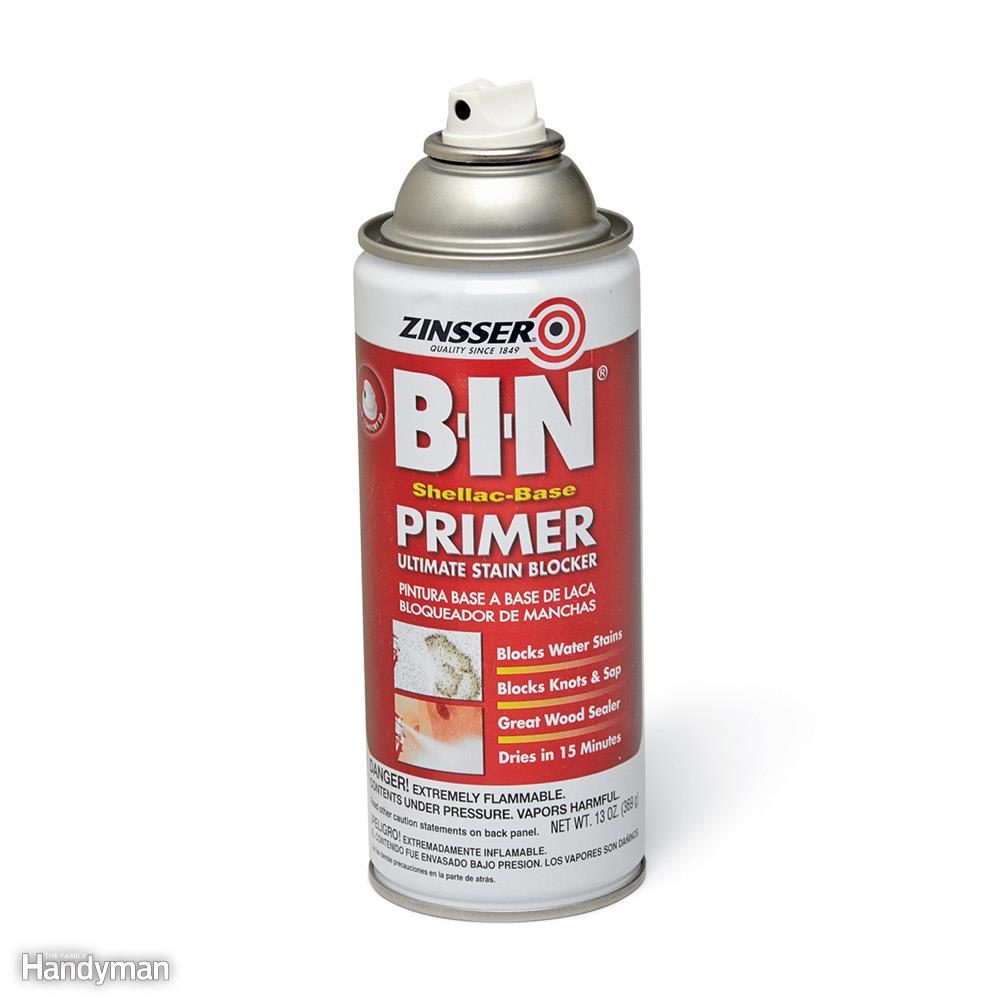Sand lightly between coats

Dust can settle in the paint or primer as it dries. For the smoothest final coat, sand between coats of primer or paint with 220-grit sandpaper or an extra-fine sanding sponge. Then vacuum and tack as usual before recoating.
Painting tools and techniques: the basics

Paint with a mini roller: A good painter can work wonders with a brush, but for most of us a mini roller is a great alternative when painting kitchen cabinets. You’ll find mini roller frames and sleeves at home centres and paint stores.
Type of mini roller: There are many roller sleeves available, but when learning how to paint cabinets, mohair, microfiber or foam sleeves are good choices. Foam sleeves will leave the smoothest finish, but they don’t hold much paint, so you’ll be reloading frequently. Experiment on the inside of doors to see which sleeve works best with your paint.
Follow the wood grain: If you’re painting frame-and-panel cabinet doors, follow the direction of the wood grain with your finishing brushstrokes. The vertical stiles should receive the last brush strokes running from top to bottom.
Roll, then brush: If you’re old-school and still like to paint with a brush, you can speed things up by first applying the paint with a mini roller. Roll on the paint. Then drag paintbrush bristles lightly over the surface to even out the coat and eliminate roller marks.
How to choose the right paint for kitchen cabinets

Read the label and choose a paint that’s formulated for painting woodwork and cabinets. And remember, glossier surfaces highlight imperfections, so unless you’re a very meticulous painter, consider a satin, semi-gloss or matt finish.
If your paint seems too thick and isn’t levelling out after it’s applied, try mixing in a paint conditioner like Floetrol. Read the instructions for the correct proportion of conditioner to paint. Conditioned paint is often easier to apply and dries to a smoother finish.







